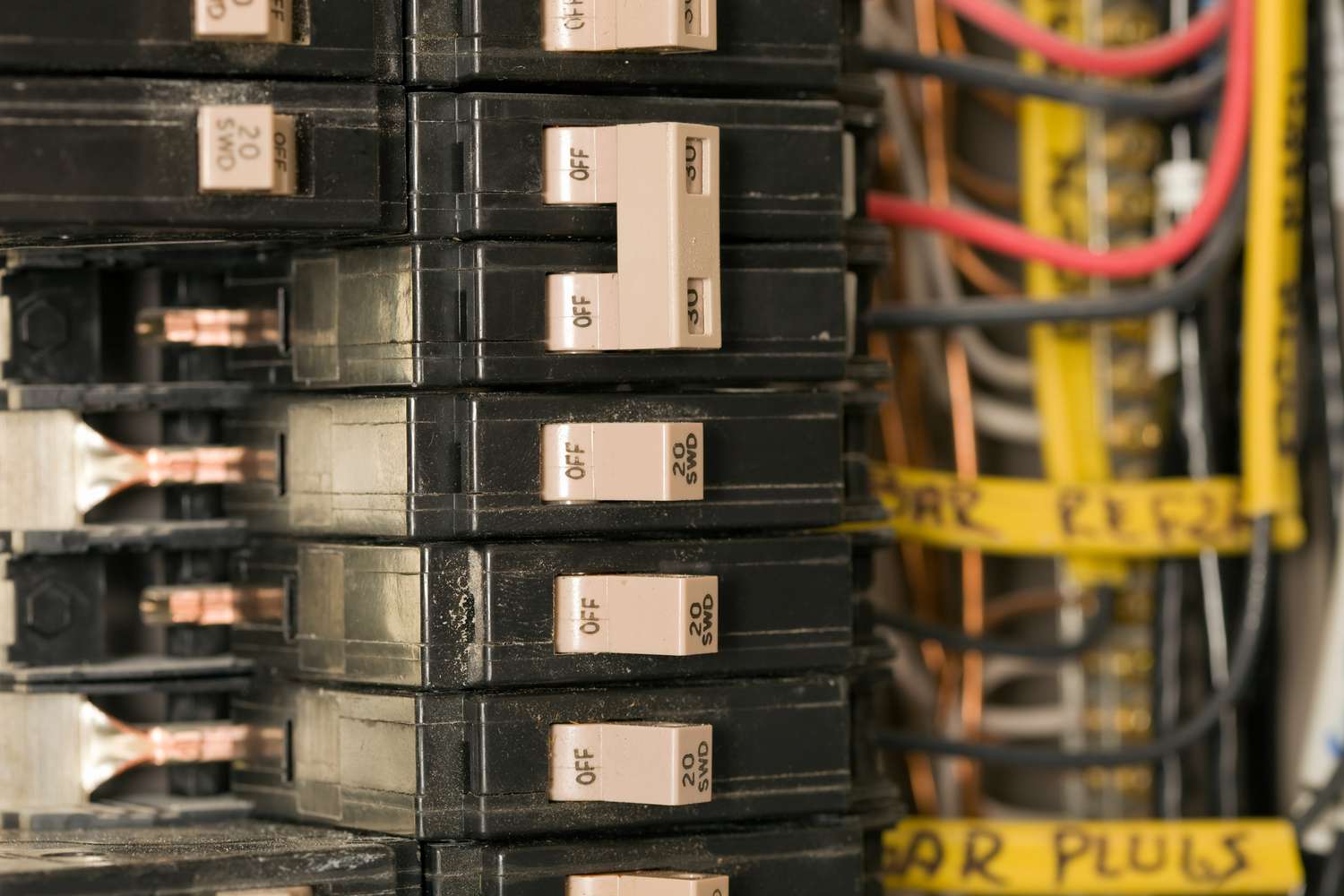

Articles
How Do Tandem Breakers Work
Modified: January 7, 2024
Discover how tandem breakers work in our informative articles. Learn about their unique design and functionality for efficient electrical circuit distribution.
(Many of the links in this article redirect to a specific reviewed product. Your purchase of these products through affiliate links helps to generate commission for Storables.com, at no extra cost. Learn more)
Introduction
Tandem breakers are an essential component of modern electrical systems, providing a practical and efficient way to expand the number of circuits in a circuit breaker panel. Whether you are a homeowner or a professional electrician, understanding how tandem breakers work can help you make informed decisions when it comes to electrical installations and upgrades.
In this article, we will delve into the world of tandem breakers, exploring their functionality, installation process, benefits, limitations, and important safety considerations. By the end, you will have a comprehensive understanding of tandem breakers and their role in electrical systems.
Before we dive into the specifics, let’s cover the basics. Tandem breakers, also known as double-pole tandem breakers or cheaters, are compact circuit breakers that allow for the connection of two circuits in a single breaker slot. This ingenious design maximizes the use of space within the electrical panel.
Now that we have a general understanding, let’s explore the inner workings of tandem breakers and how they function within an electrical system.
Key Takeaways:
- Tandem breakers offer a space-saving and cost-effective solution for expanding circuit capacity in electrical panels, providing flexibility and convenience for distributing electrical loads more efficiently.
- Prioritizing safety considerations, including proper installation, panel compatibility, and adherence to amp rating requirements, is crucial when incorporating tandem breakers into electrical systems to ensure safe and optimal operation.
Read more: How Many Tandem Breakers In A Panel
Understanding Tandem Breakers
To understand tandem breakers, we need to first comprehend the basics of traditional circuit breakers. In a typical electrical panel, each circuit breaker is designed to monitor and control the flow of electricity to a specific circuit. When an electrical overload or short circuit occurs, the circuit breaker trips, cutting off the power supply to prevent damage or fire hazards.
Tandem breakers operate similarly to standard circuit breakers, but with the added advantage of accommodating two circuits in a single breaker slot. They are typically half the width of a regular breaker, allowing for easy installation in spaces where a full-size breaker may not fit.
One crucial aspect of tandem breakers is their amp rating. Amp rating is the measure of the electrical current that a breaker can handle before it trips. It is essential to ensure that the tandem breaker’s amp rating is compatible with the electrical load of the connected circuits.
It is important to note that tandem breakers are not suitable for every electrical panel. Panels that are not designed to accommodate tandem breakers may lack the necessary connections and slots. Therefore, it is vital to consult a professional electrician or refer to the panel’s manufacturer guidelines to determine if tandem breakers are compatible.
Now that we have covered the basics of tandem breakers and their compatibility, let’s move on to the installation process.
How Tandem Breakers Are Installed
Installing tandem breakers requires careful attention to detail and adherence to safety guidelines. If you are not experienced in electrical work, it is recommended to hire a licensed electrician for the installation process. However, if you have the necessary knowledge and skills, you can proceed with caution.
The first step is to turn off the main power supply to the electrical panel. This ensures your safety and prevents any potential electrical accidents during the installation process. Use a voltage tester to double-check that the power is indeed turned off.
Next, remove the panel’s cover to access the breaker slots. Before installing the tandem breaker, identify a suitable slot that can accommodate the Half-size tandem breaker. It is crucial to refer to the panel’s documentation or consult a professional to ensure that the selected slot is compatible.
Now, insert the tandem breaker into the selected slot and align the breaker’s mounting tabs with the panel’s rail. Gently push the breaker downwards until it snaps into place. It is essential to ensure that the breaker is securely and firmly seated.
Once the tandem breaker is installed, you can connect the wiring for the circuits. Follow the specific wiring diagram provided by the breaker manufacturer or consult a professional electrician for guidance. Make sure to use the appropriate wire size and connectors for the specific circuit requirements.
After connecting the wiring, double-check all connections to ensure they are secure and properly tightened. Any loose or faulty connections can result in electrical hazards or circuit malfunctions.
Finally, before restoring power to the electrical panel, carefully reattach the panel’s cover and ensure it is properly secured. Once everything is in place, you can turn on the main power supply and test the functionality of the circuits connected to the tandem breaker. It is recommended to test each circuit individually to verify their operation.
Remember, if you are unsure about any aspect of the installation process, it is best to seek professional assistance. Electrical work can be complex, and improper installation can lead to serious safety risks.
Now that we have explored the installation process, let’s take a look at the benefits of using tandem breakers.
Benefits of Using Tandem Breakers
Using tandem breakers in your electrical system comes with several benefits that make them a popular choice for expanding circuit capacity. Here are some advantages of using tandem breakers:
- Space-saving: Tandem breakers allow you to add additional circuits to your electrical panel without taking up extra space. The compact design of tandem breakers allows for more circuits to be accommodated in the same amount of panel space compared to traditional breakers.
- Cost-effective: Tandem breakers are a cost-efficient solution for increasing the number of circuits in your electrical system. Instead of investing in a larger panel or subpanel, tandem breakers provide a cost-effective option for expanding your circuit capacity.
- Flexibility and convenience: With tandem breakers, you have the flexibility to choose which circuits need the additional capacity. This allows you to distribute the electrical load more efficiently and avoid overloading specific circuits.
- Easy installation: Installing tandem breakers is relatively straightforward and can be done without the need for extra wiring or major modifications to the electrical panel. This makes them a convenient choice for both homeowners and electricians.
- Adaptability: Tandem breakers can be easily swapped out or replaced if needed. This allows for future modifications or upgrades to your electrical system without requiring extensive rewiring or the installation of a new panel.
These benefits make tandem breakers a practical choice for residential and commercial applications where additional circuit capacity is required. However, it is important to consider the limitations and safety aspects of tandem breakers before making a decision.
In the next section, we will explore the potential limitations of tandem breakers to provide a balanced perspective on their usage.
Tandem breakers work by allowing two circuits to be installed in a single breaker slot, saving space in the electrical panel. However, they are not suitable for all panel types, so always consult a professional before installation.
Potential Limitations of Tandem Breakers
While tandem breakers offer many advantages, it is important to be aware of their limitations to make informed decisions about their usage. Here are some potential limitations of tandem breakers:
- Ampacity limitations: Tandem breakers typically have lower amp ratings compared to full-size breakers. This means that they may not be suitable for circuits that require high amperage, such as major appliances or heavy machinery. It is essential to ensure that the amp rating of the tandem breaker aligns with the specific circuit requirements.
- Compatibility issues: Not all electrical panels are designed to accommodate tandem breakers. Older panels or panels from certain manufacturers may not have the necessary slots or connections for tandem breakers. It is crucial to consult the panel’s documentation or a professional electrician to determine compatibility.
- Reduced circuit separation: Installing tandem breakers can lead to reduced separation between circuits in the panel. This can sometimes make it more challenging to identify and isolate specific circuits during troubleshooting or maintenance.
- Code compliance: Building codes and regulations can vary when it comes to tandem breakers. It is important to ensure that you comply with local electrical codes and obtain the necessary permits for any modifications to your electrical system.
Considering these potential limitations will help you determine if tandem breakers are suitable for your specific electrical needs. It is always recommended to consult with a professional electrician for guidance and to ensure compliance with safety standards.
Now that we have covered the limitations of tandem breakers, let’s move on to discussing the important safety considerations associated with their usage.
Read more: How Circuit Breakers Work
Safety Considerations with Tandem Breakers
When working with tandem breakers, it is essential to prioritize safety to prevent electrical hazards and ensure the smooth operation of your electrical system. Here are some key safety considerations to keep in mind:
- Proper installation: Tandem breakers should only be installed by individuals with the necessary knowledge and experience in electrical work. If you are not confident in your abilities, it is best to hire a licensed electrician to perform the installation.
- Panel compatibility: Before installing tandem breakers, ensure that your electrical panel is compatible and approved for their use. Refer to the panel’s documentation or consult a professional electrician to determine compatibility and avoid potential safety issues.
- Amp rating: Always verify that the amp rating of the tandem breaker matches the electrical load requirements of the connected circuits. Using a breaker with a lower amp rating can lead to overload and potential damage to the circuits and electrical system.
- Follow manufacturer instructions: It is crucial to carefully read and follow the manufacturer’s instructions and guidelines when installing or replacing tandem breakers. This ensures that you adhere to recommended practices and maintain the safety and integrity of your electrical system.
- Perform regular inspections: Periodically inspect your electrical panel to check for any signs of heat, burning, or corrosion. Loose connections, overheating, or other abnormalities could indicate potential safety hazards and require immediate attention from a professional electrician.
- Code compliance: Adhere to local building codes and regulations when installing tandem breakers. Obtain the necessary permits and ensure that all work is conducted in accordance with applicable safety standards to prevent any potential violations and ensure the safety of your electrical system.
Remember, electricity is dangerous, and improper handling or installation can lead to severe injuries or property damage. When in doubt, always consult a qualified electrician to ensure the safety and proper functioning of your electrical system.
Now, let’s wrap up the article and summarize the important points we’ve covered.
Conclusion
Tandem breakers are a valuable solution for expanding circuit capacity in electrical systems. With their space-saving design and cost-effectiveness, they offer a practical option for adding additional circuits without the need for a larger panel or subpanel.
While tandem breakers offer several benefits, it is important to be mindful of their limitations and safety considerations. Ensuring proper installation, panel compatibility, and adherence to amp rating requirements are crucial for maintaining the safety and functionality of your electrical system.
If you are not experienced in electrical work, it is recommended to consult a licensed electrician for any installations or modifications involving tandem breakers. Electrical systems can be complex, and improper installation can lead to serious safety hazards.
By understanding the inner workings of tandem breakers, following proper installation procedures, and considering safety guidelines, you can successfully incorporate tandem breakers into your electrical system and optimize your circuit capacity.
Remember to perform regular inspections of your electrical panel and address any signs of abnormalities promptly. Compliance with local building codes and regulations is also essential to ensure code compliance and avoid violations.
In summary, tandem breakers offer a practical and efficient solution for expanding circuit capacity, allowing you to meet the electrical needs of your home or business. With careful consideration of their benefits, limitations, and safety considerations, you can make informed decisions and ensure the safe operation of your electrical system.
For any electrical work involving tandem breakers, it is always recommended to consult a professional electrician who can provide expert guidance and ensure that the installation meets all necessary safety standards.
Frequently Asked Questions about How Do Tandem Breakers Work
Was this page helpful?
At Storables.com, we guarantee accurate and reliable information. Our content, validated by Expert Board Contributors, is crafted following stringent Editorial Policies. We're committed to providing you with well-researched, expert-backed insights for all your informational needs.
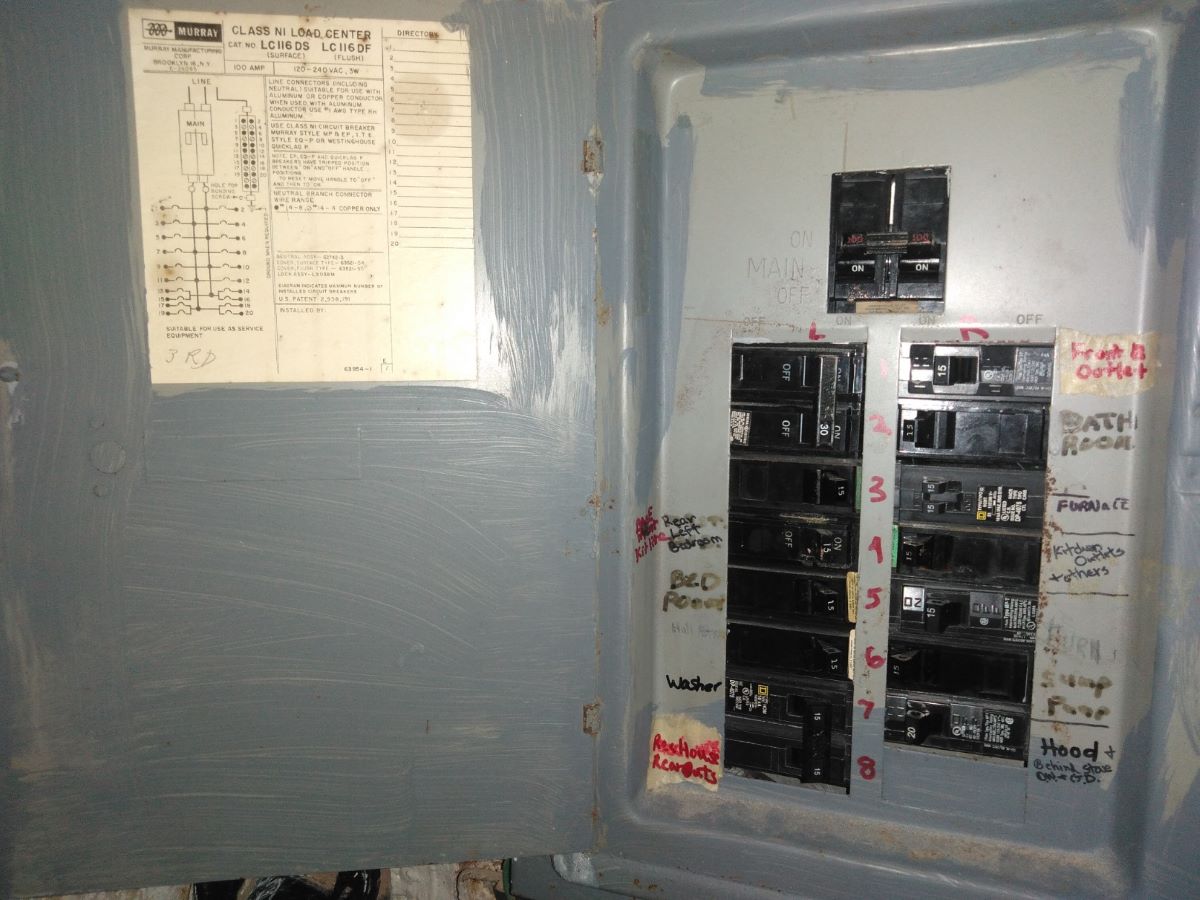
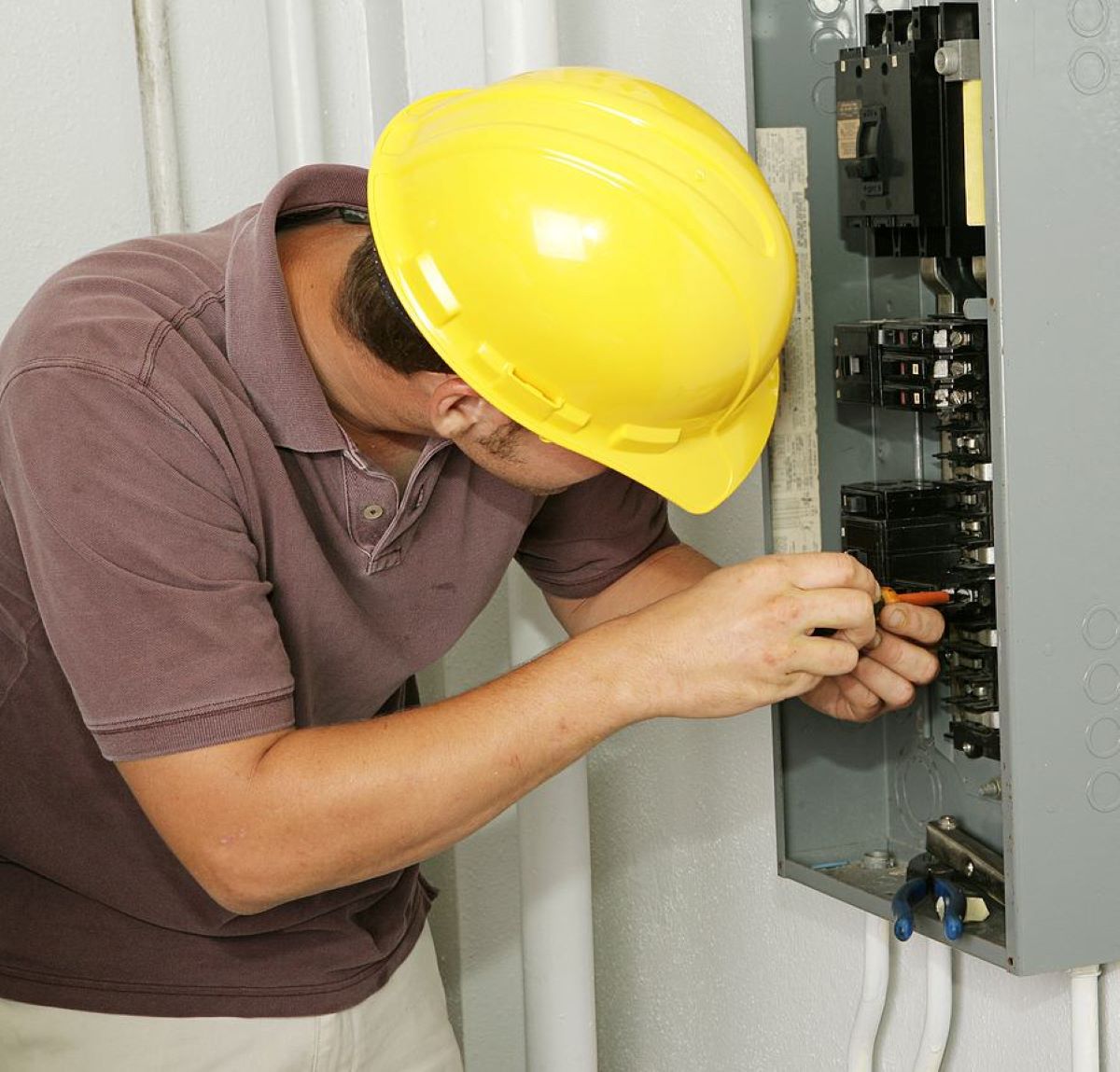
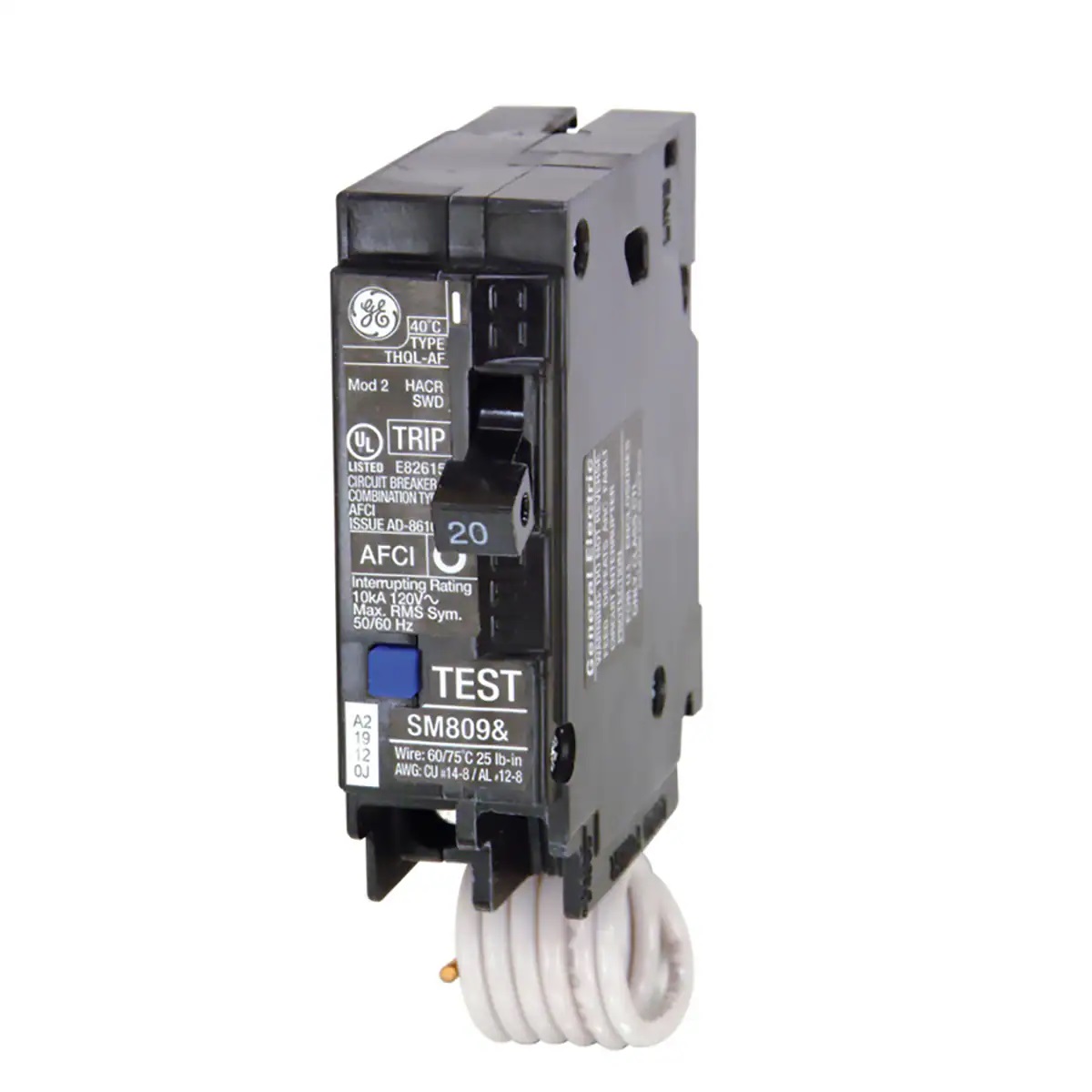
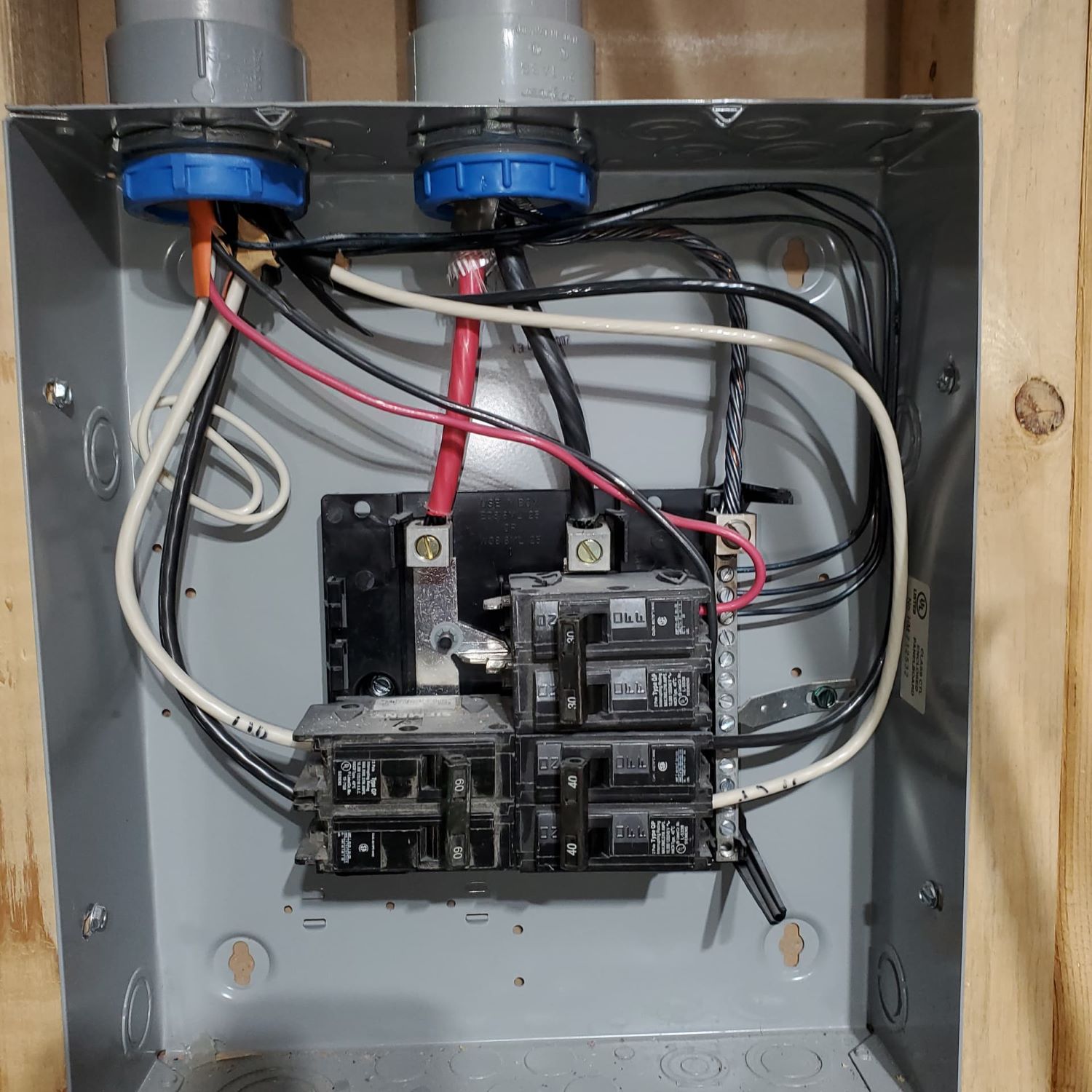
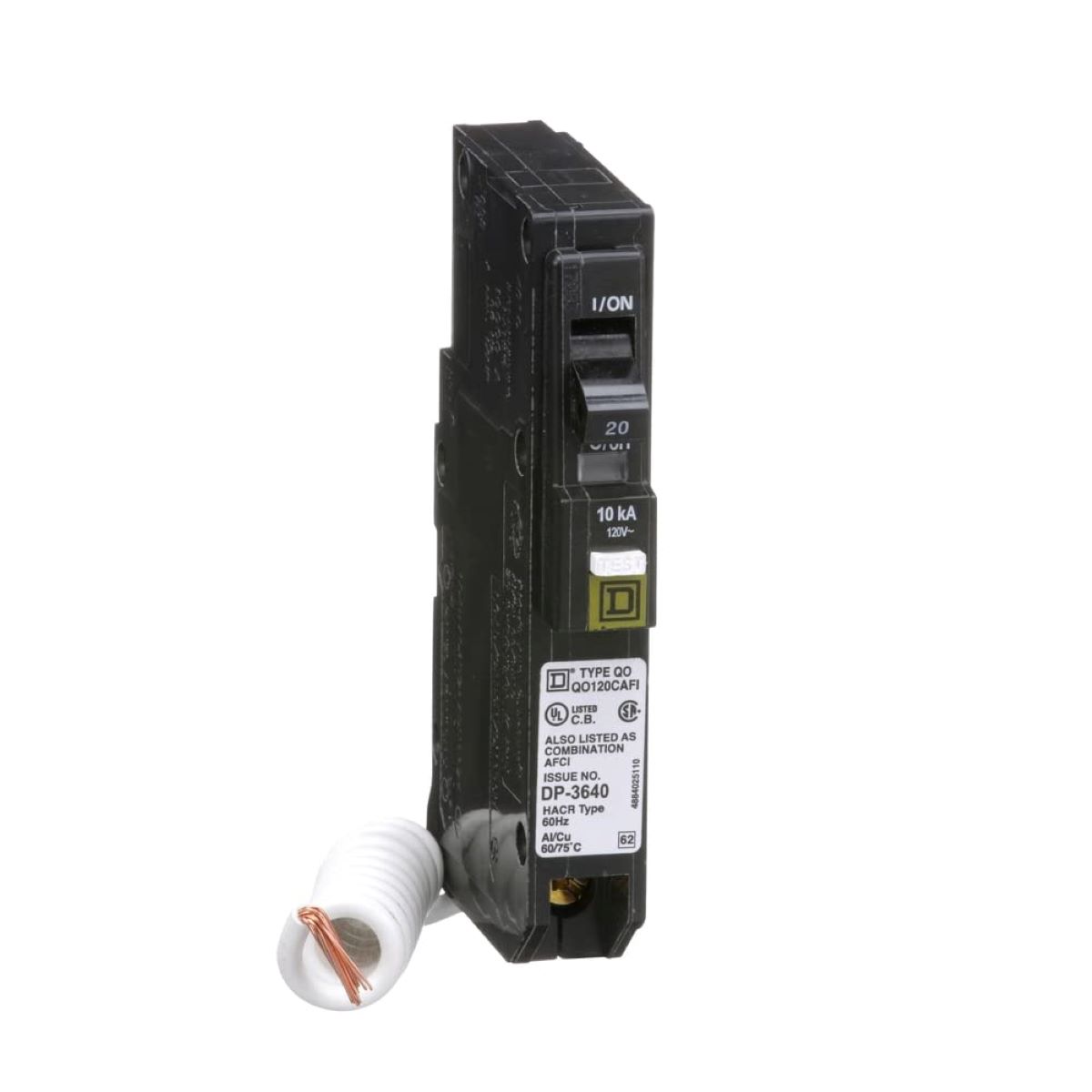


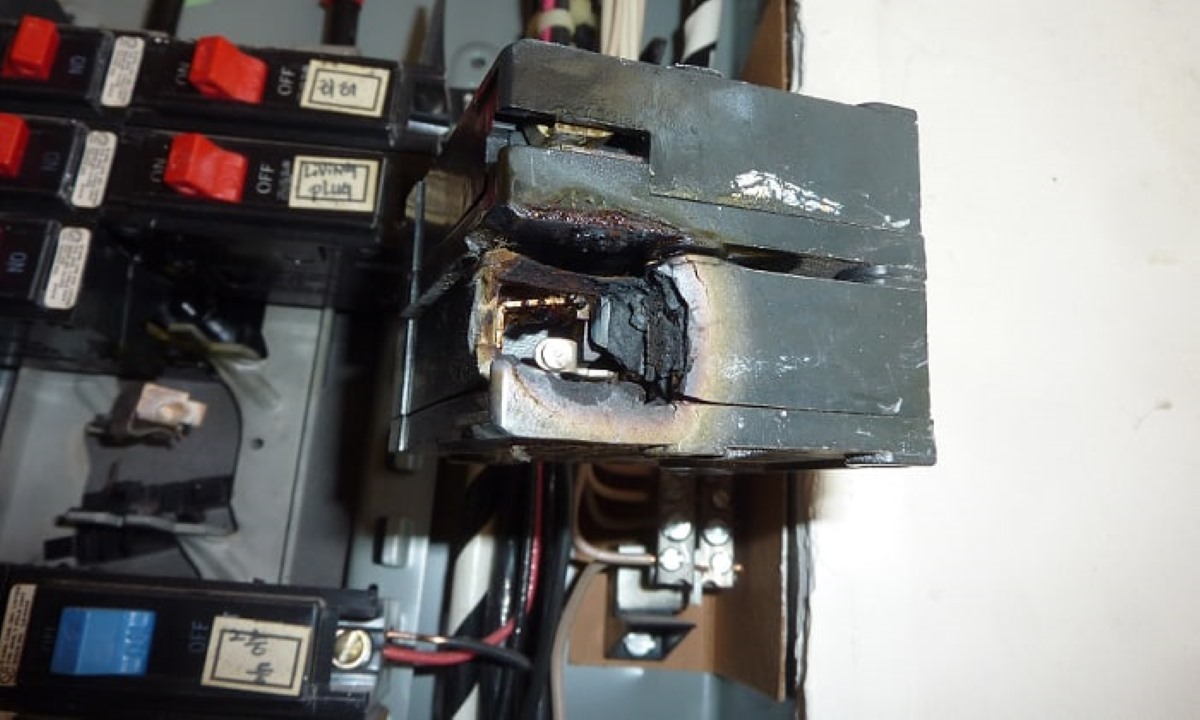
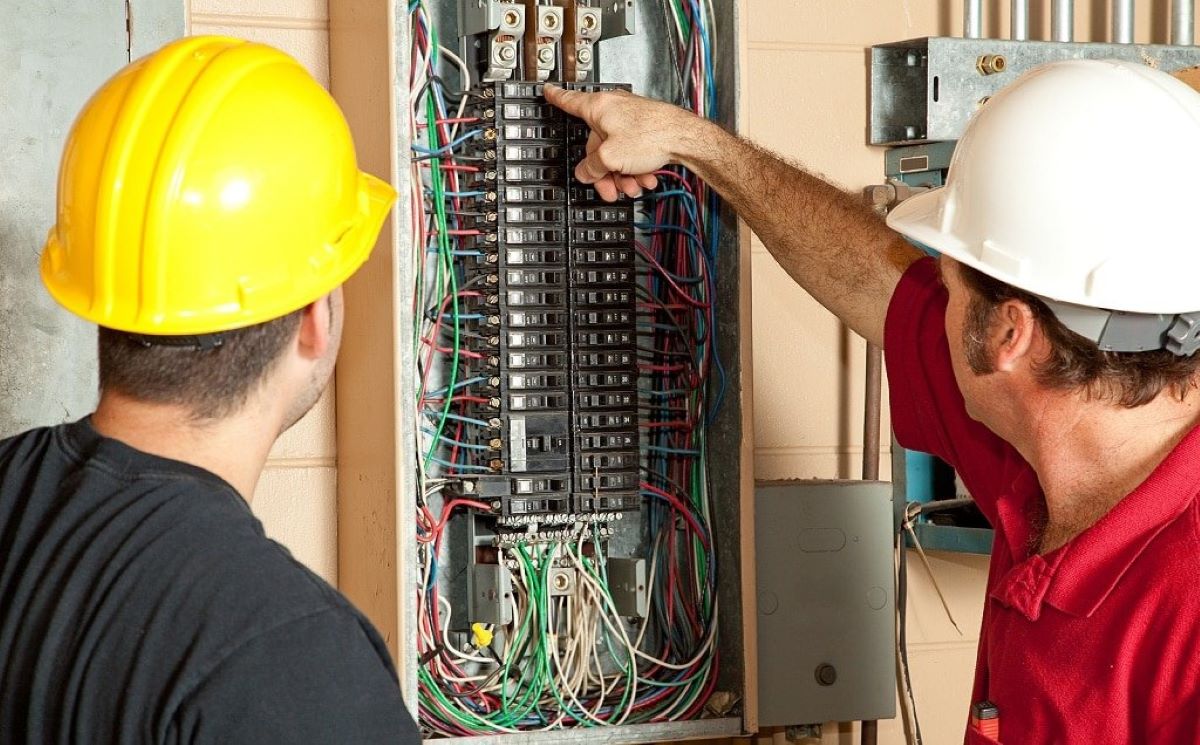
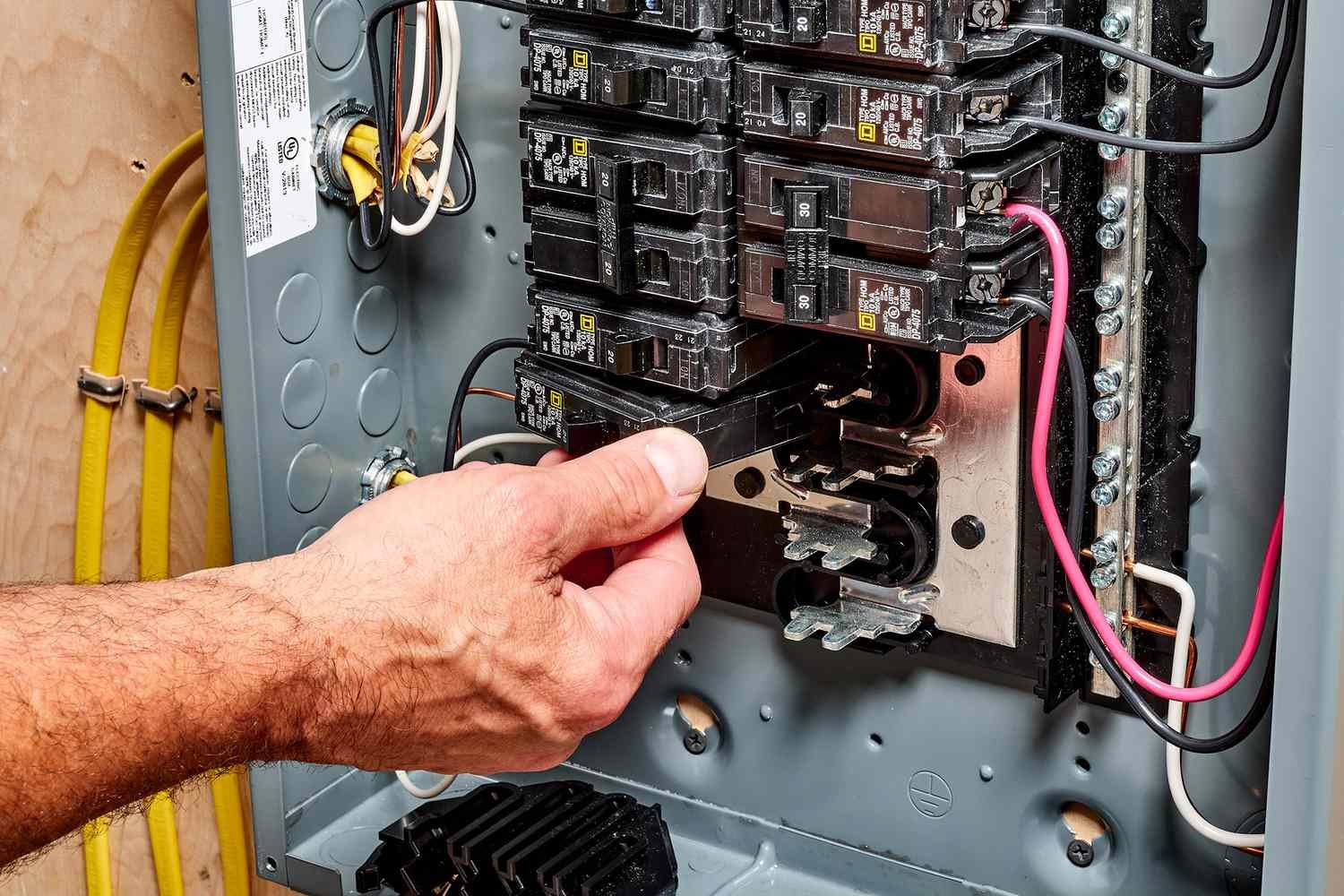
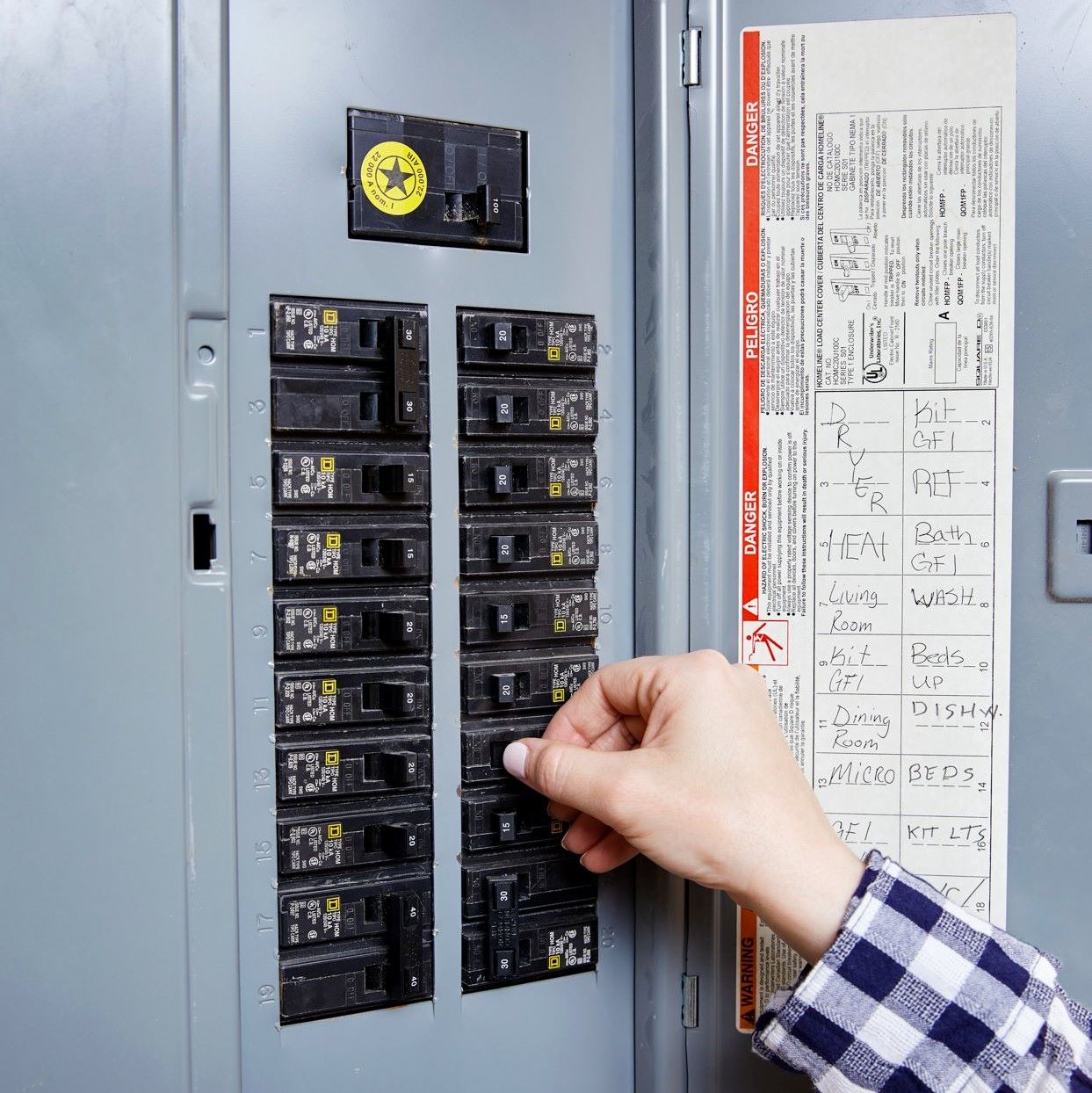
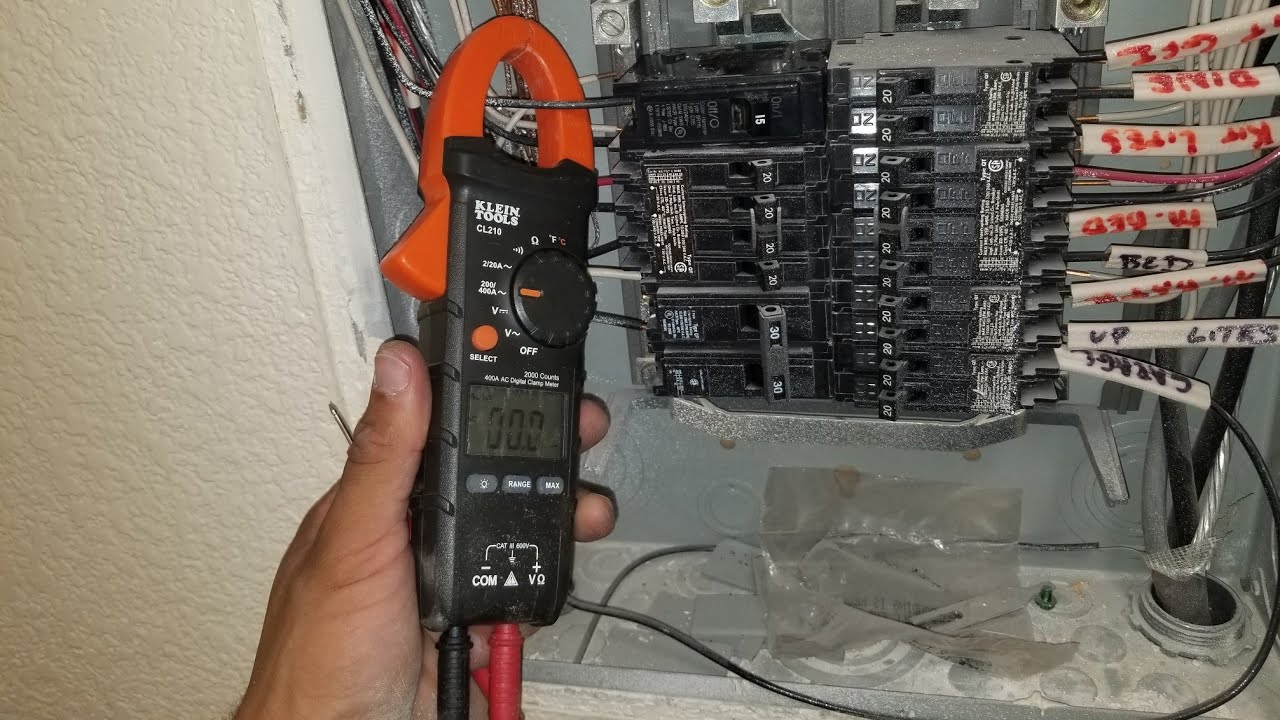



0 thoughts on “How Do Tandem Breakers Work”